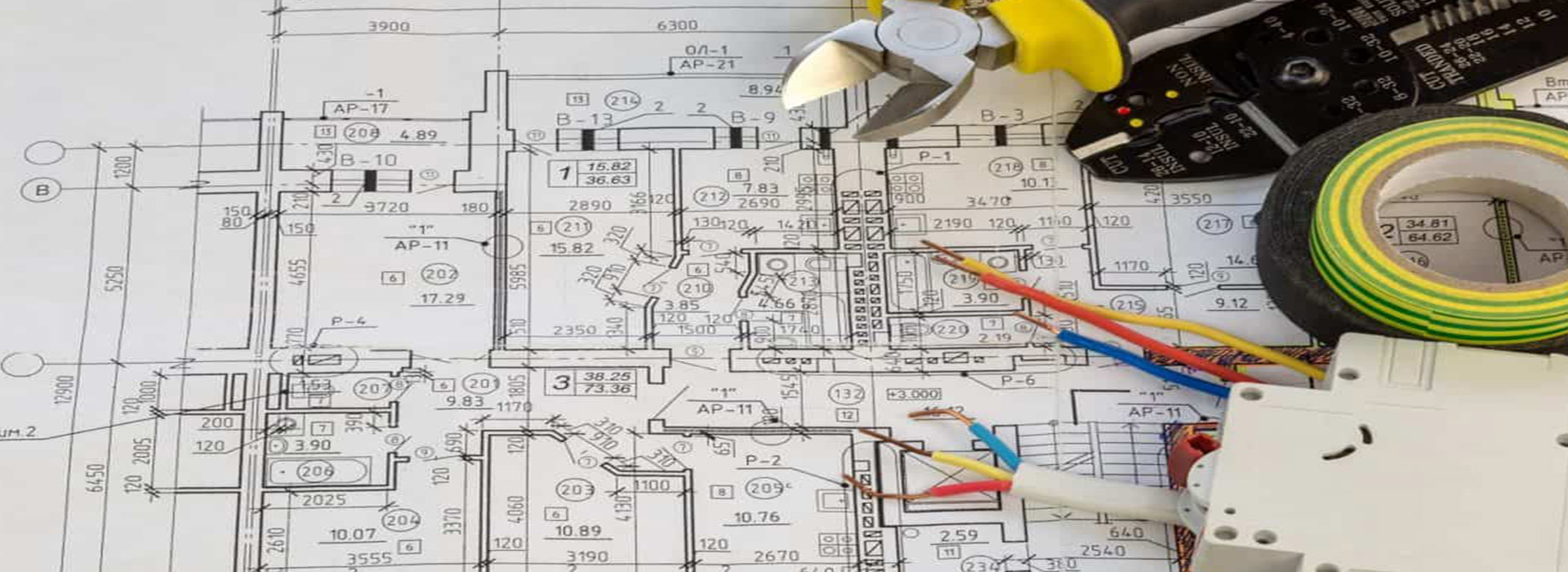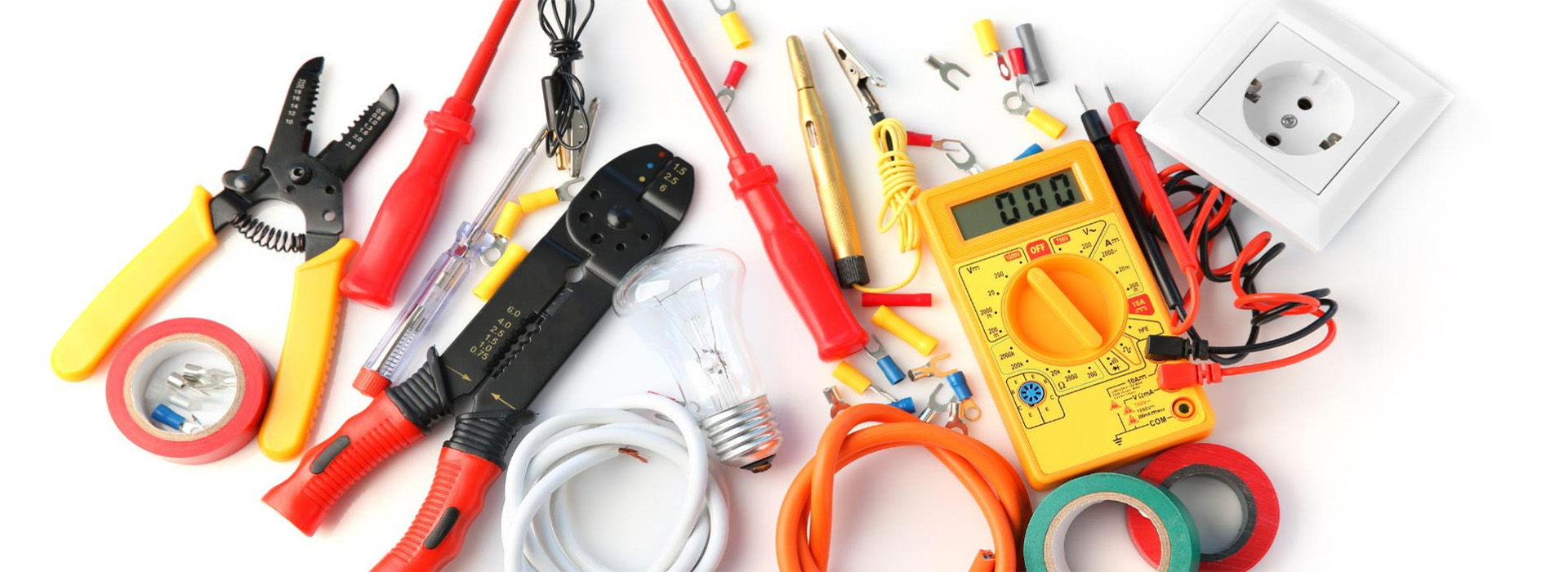Understanding Different Types of Electrical Wires and Their Uses
Choosing the right type of electrical wire is crucial for ensuring safety, reliability, and efficiency in any electrical installation. Electrical wires come in various materials, sizes, and insulation types, each designed for specific applications. Using the wrong type can lead to overheating, short circuits, or fire hazards. In this article, we’ll break down the different types of electrical wires and their uses so you can make informed decisions for your next project.
1. Non-Metallic (NM) Sheathed Cable
Commonly referred to as Romex®, NM cable is one of the most widely used types of wiring for residential applications. It consists of multiple insulated conductors wrapped in a flexible, non-metallic sheath. NM cables come in various sizes, including 14/2, 12/2, and 10/2, where the first number indicates the gauge of the wire and the second indicates the number of conductors (excluding the ground wire).
- Uses: NM cable is ideal for interior wiring, including outlets, switches, and lighting circuits.
- Limitations: It should not be used in wet or outdoor locations as its insulation does not provide adequate protection against moisture.
2. Underground Feeder (UF) Cable
UF cable is similar to NM cable but features thicker insulation and a more robust sheath, making it suitable for outdoor and underground applications. It’s designed to withstand exposure to moisture and direct burial in the ground without needing additional conduit.
- Uses: Outdoor lighting, garden wiring, and running electrical circuits to detached garages or sheds.
- Key Features: UF cable is typically labeled as "UF-B" and can be used both above and below ground.
3. Armored Cable (AC) and Metal-Clad Cable (MC)
AC and MC cables consist of multiple conductors wrapped in a spiral metal sheath, typically made of aluminum or steel. The metal sheathing acts as both a protective layer and a ground conductor. These cables are known for their durability and resistance to physical damage, making them suitable for commercial installations.
- Uses: AC and MC cables are often used in commercial buildings, exposed installations, and where additional protection is required.
- Differences: MC cables have an extra grounding wire, making them a preferred choice for many electricians. AC cables use the metal sheath as the ground but are not allowed in certain high-hazard locations.
4. Thermoplastic High-Heat-Resistant Nylon-Coated (THHN) Wire
THHN wire is a single conductor wire with a thin layer of thermoplastic insulation and a nylon coating, making it resistant to heat, oil, and abrasion. It is highly flexible and easy to pull through conduit, making it a popular choice for commercial wiring.
- Uses: Primarily used in conduit or raceway systems for branch circuits, feeders, and panel wiring.
- Important Note: THHN wire is not suitable for direct burial or use in wet environments unless it is dual-rated as THWN, which adds water resistance.
5. Low-Voltage Wiring
Low-voltage wires, such as thermostat wire and landscape lighting wire, are designed for carrying smaller amounts of current (typically 50 volts or less). They are used for applications that don’t require full-sized conductors.
- Uses: Doorbells, security systems, thermostats, and landscape lighting.
- Key Considerations: Low-voltage wiring should not be run alongside regular electrical wiring to prevent interference and voltage drops.
6. Coaxial Cable
Coaxial cable features a single copper conductor surrounded by layers of insulation, shielding, and an outer plastic jacket. It’s specifically designed to carry radio frequency (RF) signals with minimal interference.
- Uses: Internet, cable TV, and satellite installations.
- Installation Tip: Avoid sharp bends and excessive pressure, as this can damage the cable and degrade signal quality.
7. Category (Cat) Cables
Category cables, like Cat5e and Cat6, are twisted pair cables used for data and communication purposes. These cables feature multiple pairs of twisted copper conductors enclosed in a plastic jacket.
- Uses: Ethernet networking, telephone lines, and smart home systems.
- Selection Tip: Higher category numbers (e.g., Cat6a) offer better speed and bandwidth, making them ideal for high-speed internet connections.
Selecting the Right Wire for Your Project
Before choosing a type of electrical wire, consider the following factors:
- Voltage and Amperage Requirements: Ensure the wire can handle the load of the connected devices.
- Environment: Determine whether the installation will be exposed to moisture, heat, or other environmental factors.
- Local Codes and Regulations: Check local building codes to ensure the wiring method complies with safety standards.
Final Thoughts
Understanding the different types of electrical wires and their uses can make a significant difference in the safety and performance of your electrical installations. For complex projects or unfamiliar applications, always consult a licensed electrician. Proper wire selection is crucial for preventing potential hazards and ensuring that your electrical systems are both safe and efficient.
Ut dignissim nibh sed nisi ultrices, eu mattis nibh euismod. Proin eget euismod augue. Vestibulum nisi neque, porta a blandit ac, vestibulum convallis dui. Donec sit amet eleifend ipsum.









Leave a Comment